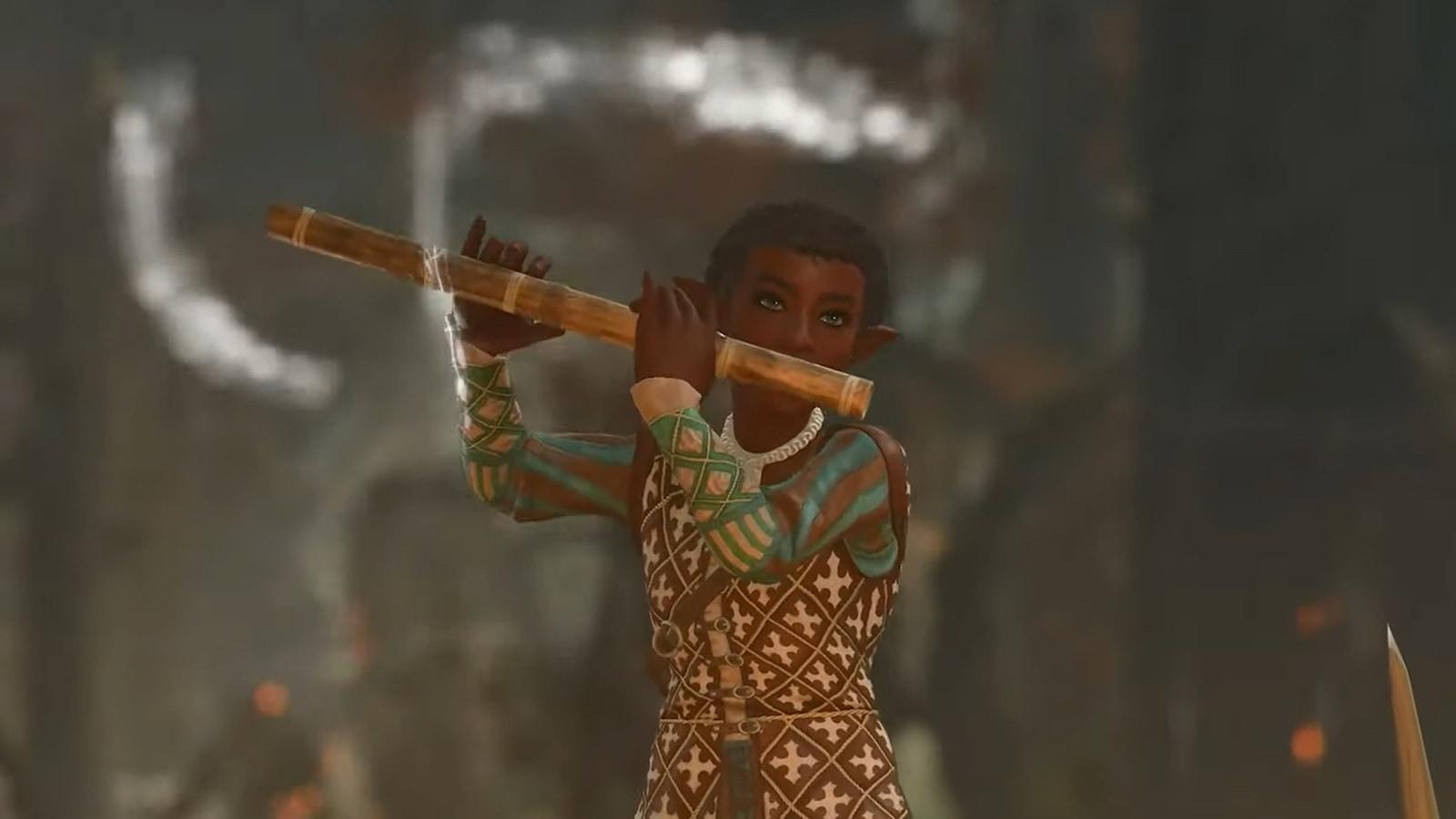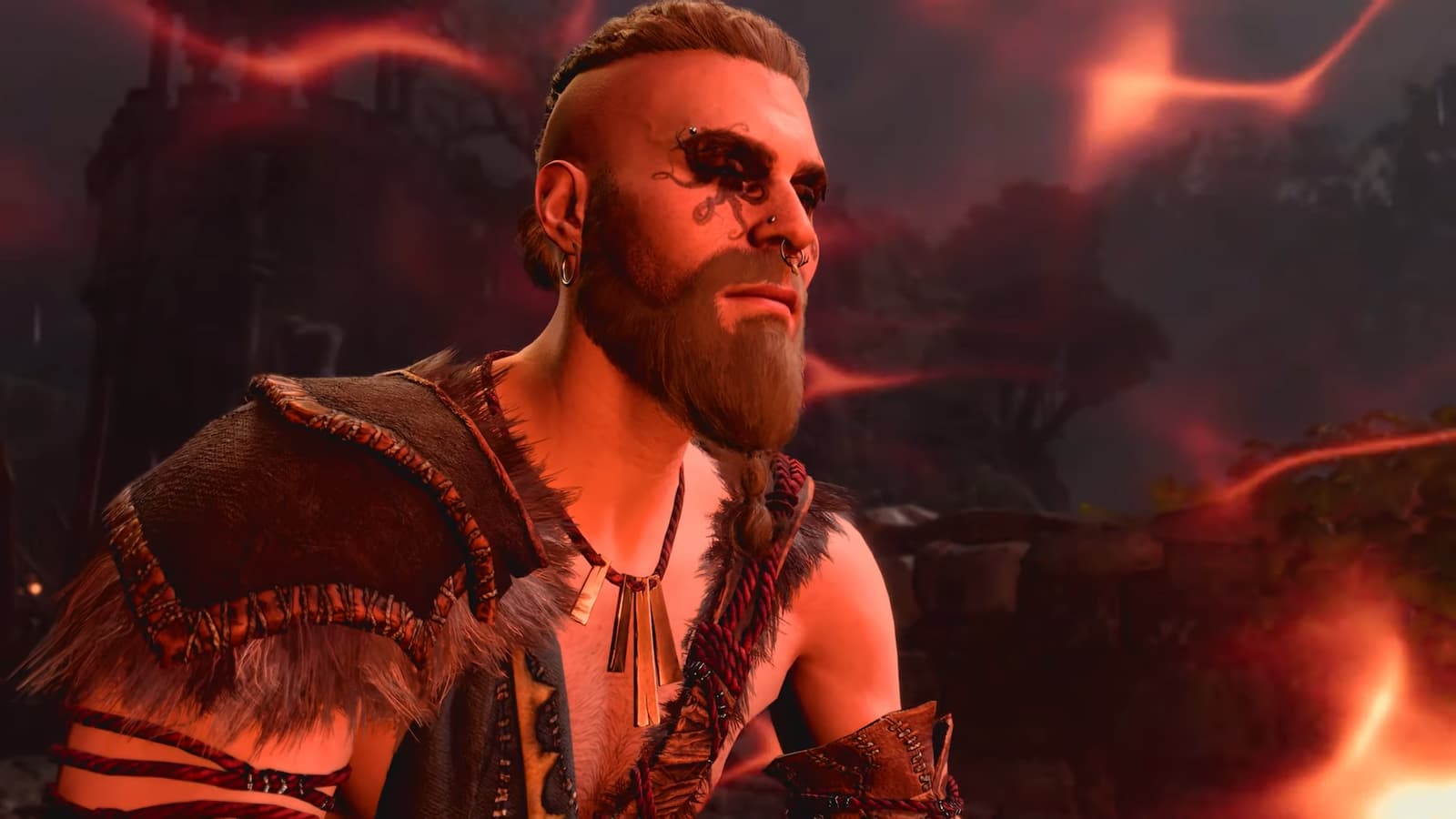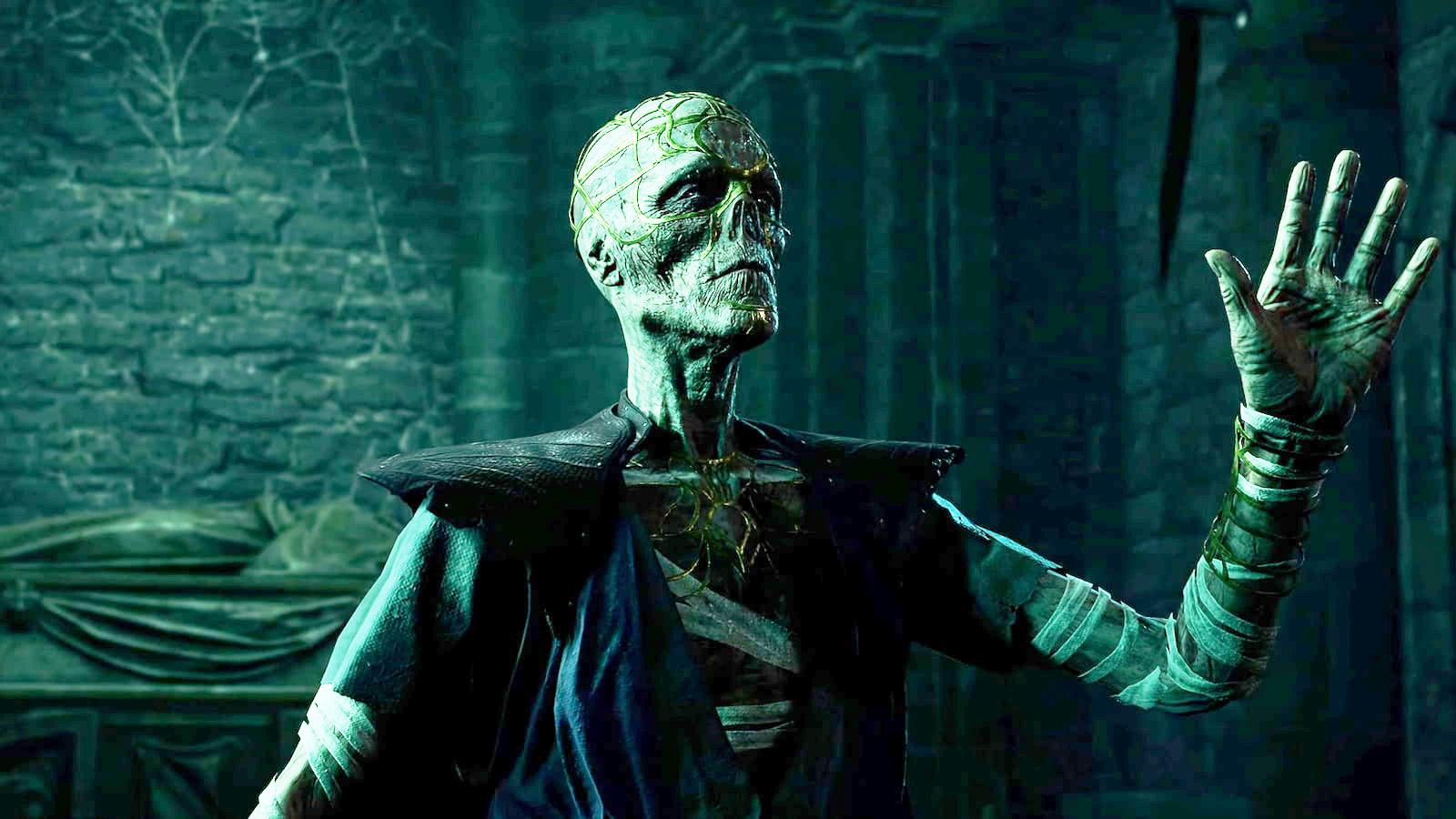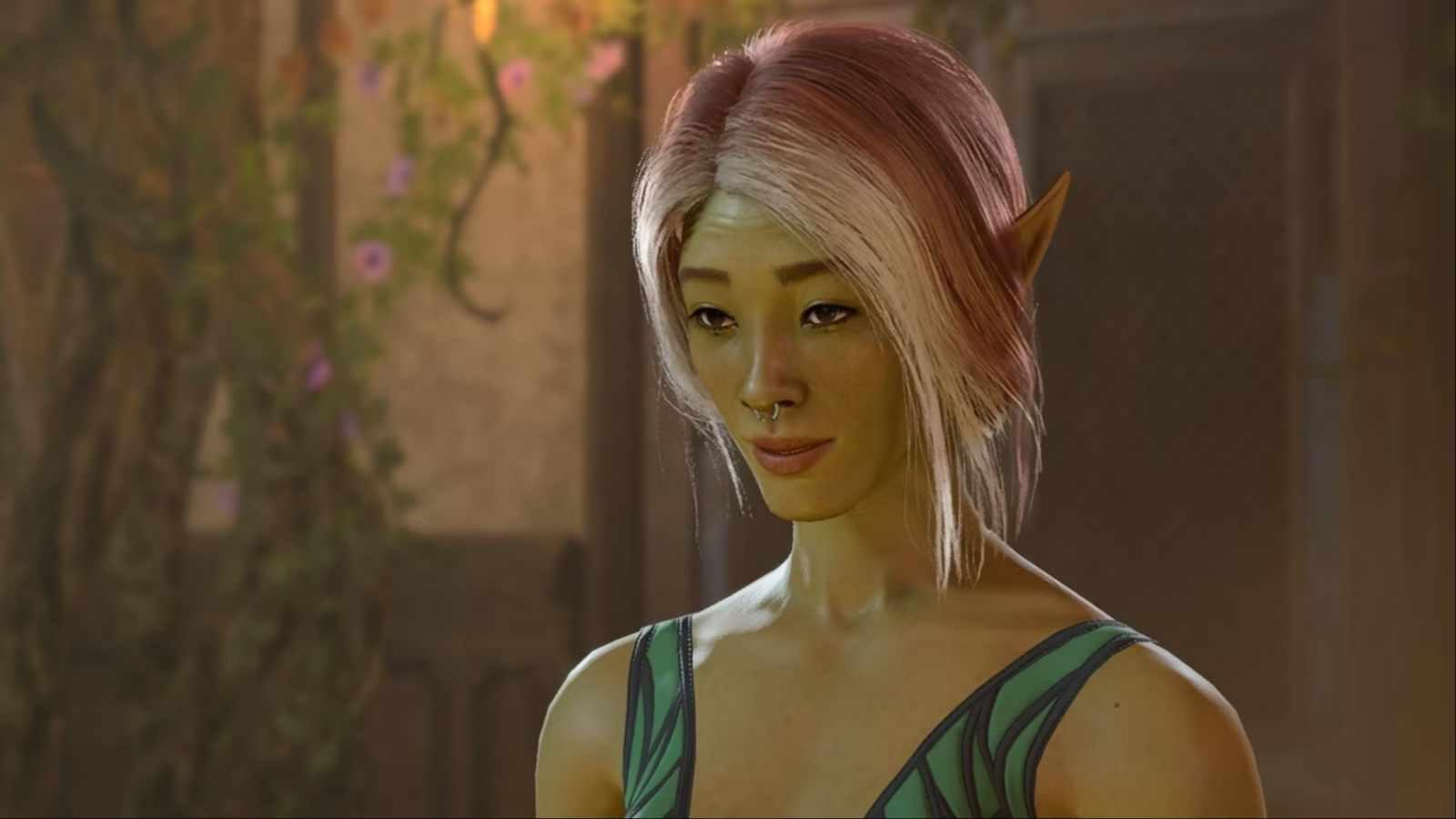Larian walking aways from Baldur’s Gate 4 presents an amazing opportunity
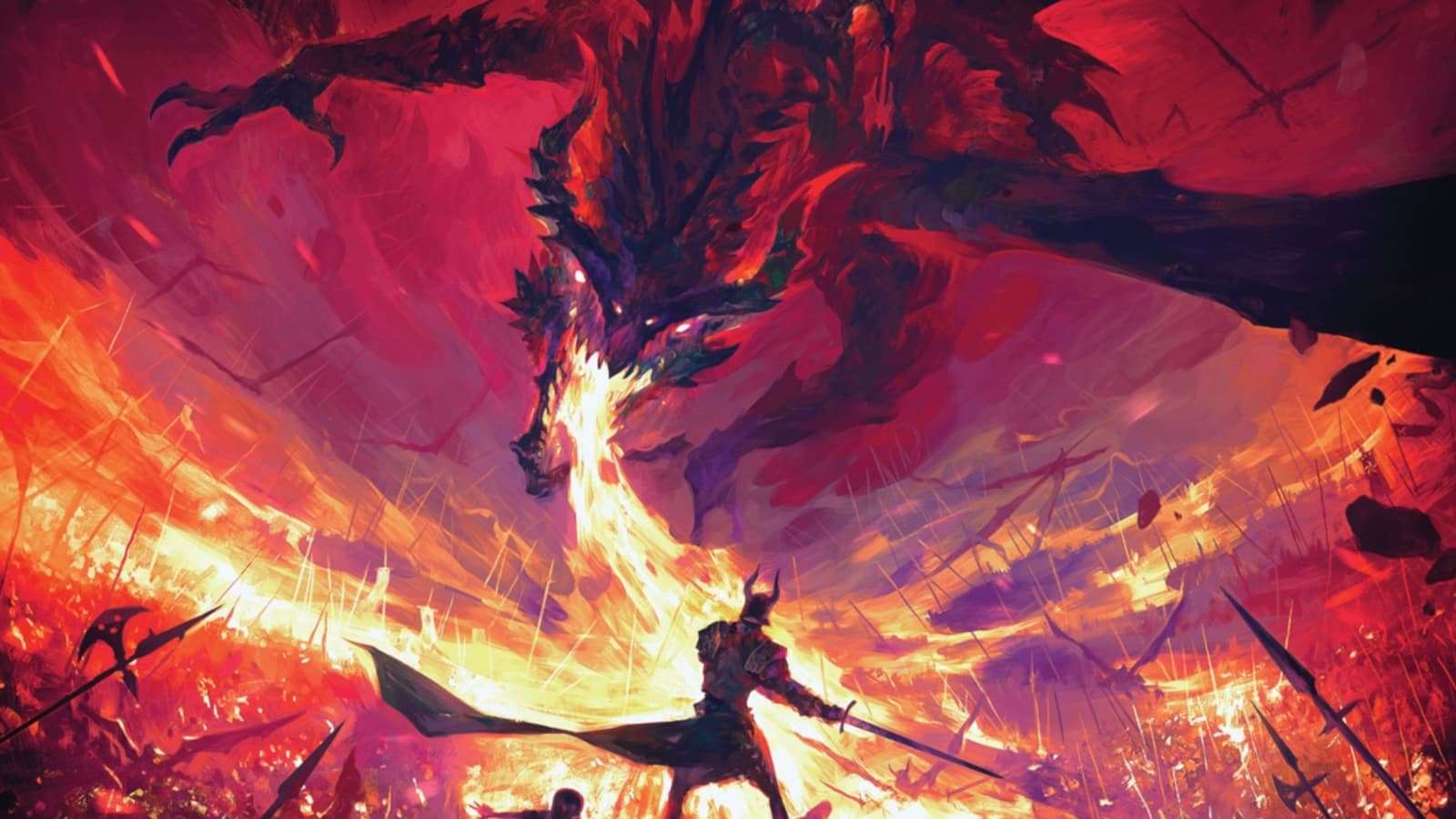 Wizards of the Coast
Wizards of the CoastBaldur’s Gate 3 fans have been left wanting more after developer Larian Studios confirmed the game won’t receive any DLC or significant content updates outside of a few more “evil endings” – presenting an amazing opportunity for the next D&D game.
Larian has confirmed that it won’t be working on Baldur’s Gate 4 or anything D&D-related, with the company parting with Wizards of the Coast on more than amicable terms. While the D&D owners would have been happy with more Baldur’s Gate 3 content, they can at least be satisfied with the game’s incredible profit, acclaim, and all the positive attention it brought to the franchise.
But what comes next? Hasbro has already been tapping different companies for more D&D games, but so far, we haven’t heard about any epic RPGs in the same vein as Baldur’s Gate 3.
As far as I’m concerned, there’s a clear frontrunner for the studio that should make the next big D&D game, and it’s one that made the spiritual successor to Baldur’s Gate 2.
Owlcat Games should make the next D&D game
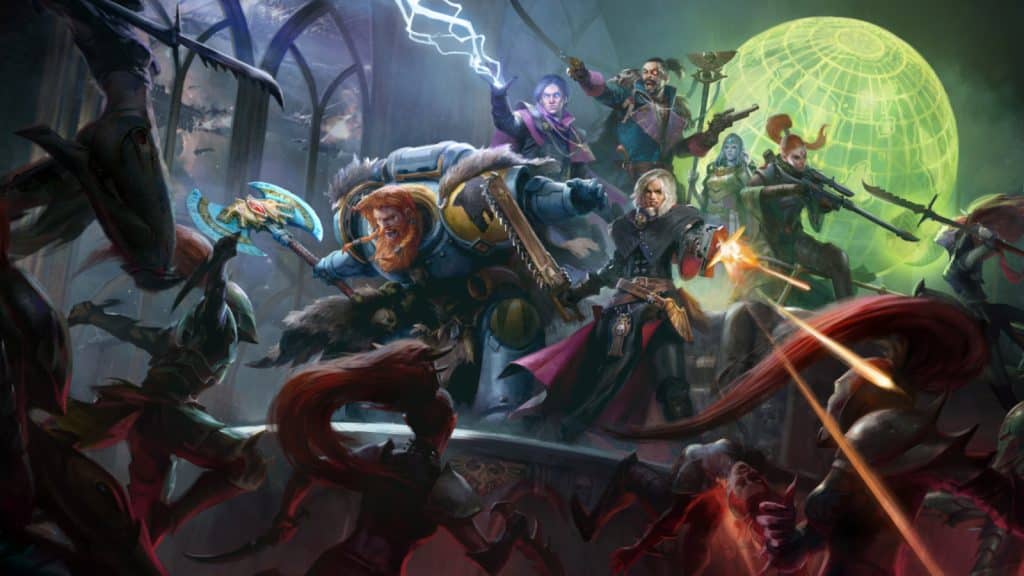 Owlcat Games
Owlcat GamesOwlcat Games is the studio behind epic RPGs based on some of D&D’s biggest competitors, namely, Pathfinder and Warhammer 40k. To date, Owlcat has released Pathfinder: Kingmaker, Pathfinder: Wrath of the Righteous, and Warhammer 40,000: Rogue Trader.
In a roundabout way, Owlcat has already made D&D games, as Pathfinder 1e is a modified version of the D&D 3.5 ruleset. With that in mind, making the jump to 5e wouldn’t be a big deal, as it shares a lot of DNA with the 3.5 rules.
More importantly, Wrath of the Righteous has proven that Owlcat can make epic titles with loveable characters and sweeping stories filled with choices that resonate throughout the game.
The sheer number of character creation options, coupled with the Mythic paths and how they influence the story, lead to an experience that’s just as replayable as Baldur’s Gate 3, if not more so, which is also true of the relationships you can have with the party members.
While Baldur’s Gate 3 was better at handling its characters and party dynamics, Wrath of the Righteous was a far grander experience. It told a story of war and demonic invasion across a country, with the player wielding epic powers as they led a crusade against a demonic army.
Now that Baldur’s Gate 3 has paved the way for more narrative-driven stories in the D&D multiverse, Owlcat — with the backing of Hasbro — could follow in Larian’s footsteps, giving more focus to the story & personalities of the individual party members than its previous titles.
But a carbon copy of Baldur’s Gate 3 won’t work, as it’s just going to be unfairly compared to its predecessor. A new approach needs to be taken, and what better way than to step away from D&D’s most popular setting?
Owlcat’s D&D game should leave behind the Forgotten Realms and use Dragonlance as its setting
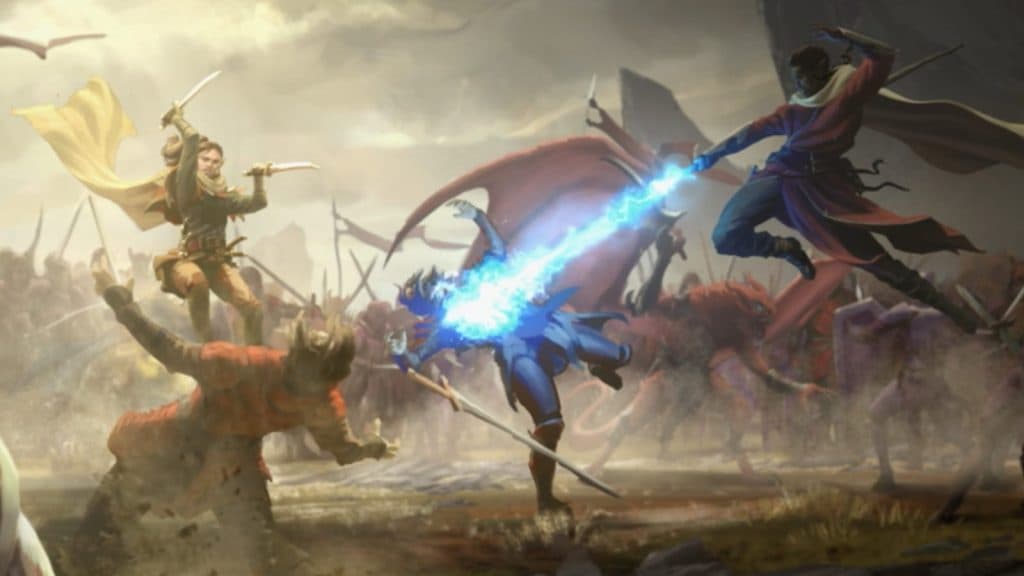
In 2022, Wizards of the Coast revived one of its classic settings that had been ignored for decades: Dragonlance. This setting returned as part of a campaign called Dragonlance: Shadow of the Dragon Queen, which launched alongside a board game that brought mass battle rules to D&D, called Warriors of Krynn.
Dragonlance received a few video game adaptations in the late ‘80s and early ‘90s, but it has since been ignored. This is because most D&D games use the Forgotten Realms setting, as it’s the most popular with fans.
Dragonlance is an ideal fit for a video game, as it’s the D&D setting most centered around war and conflict with the forces of evil. Throughout the setting’s history, Takhisis (the evil goddess of dragons) has repeatedly tried to take over the world, leading to massive conflicts between nations and her forces.
The War of the Lance era of Dragonlance is the most well-known, as it’s when the popular novels from the franchise were set. This era would be perfect for a video game, being set during a time when the good/neutral gods have returned to the world after centuries of silence, and dragons that were once thought to be legends are suddenly soaring through the skies.
Not only does the War of the Lance have tons of unique opportunities for storytelling that you don’t see in many D&D games, but it can also include the beloved characters from the Dragonlance novels, like Tanis, Raistlin, and Tasslehoff Burrfoot, even if they’re just brief cameos.
A Dragonlance game is also a great choice for a mass-battle system. It involves huge wars between the forces of good and evil, which is something Owlcat already proved they could handle with Wrath of the Righteous.
Owlcat’s Pathfinder games were adaptations of existing campaigns, and a Dragonlance title could easily adapt Shadow of the Dragon Queen to video game form. There’s a lot more scope to expand that story and create a D&D game that goes all the way to level 20, something Baldur’s Gate 3 never accomplished.
An epic RPG is the natural next step for the D&D video game series and there are likely many studios eager to take a shot at adapting such a beloved license, especially after what Larian accomplished with Baldur’s Gate 3.
If Hasbro wants a game on the same scale as Baldur’s Gate 3, then it should look to the company that makes similar incredible RPGs and give them the keys to the D&D multiverse.
